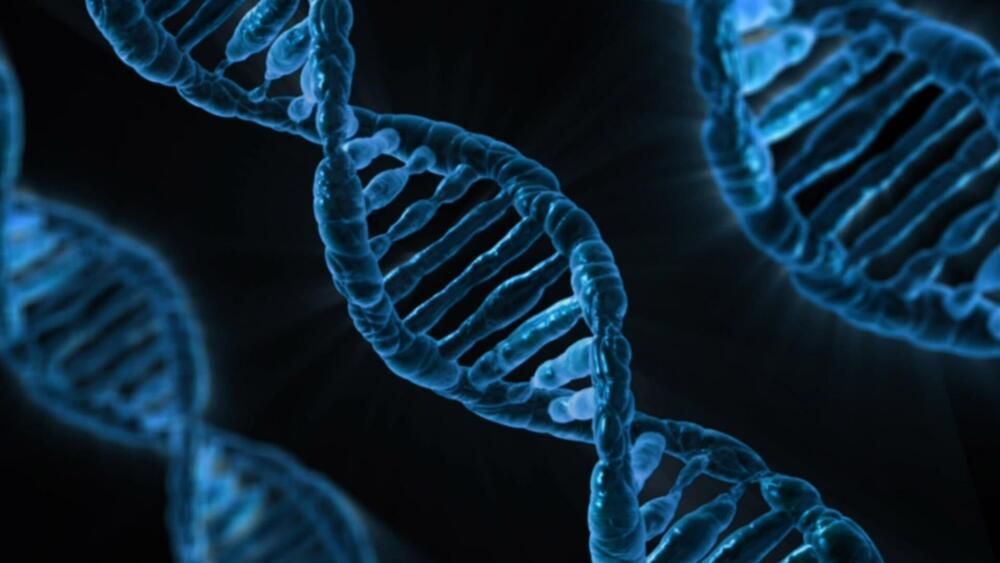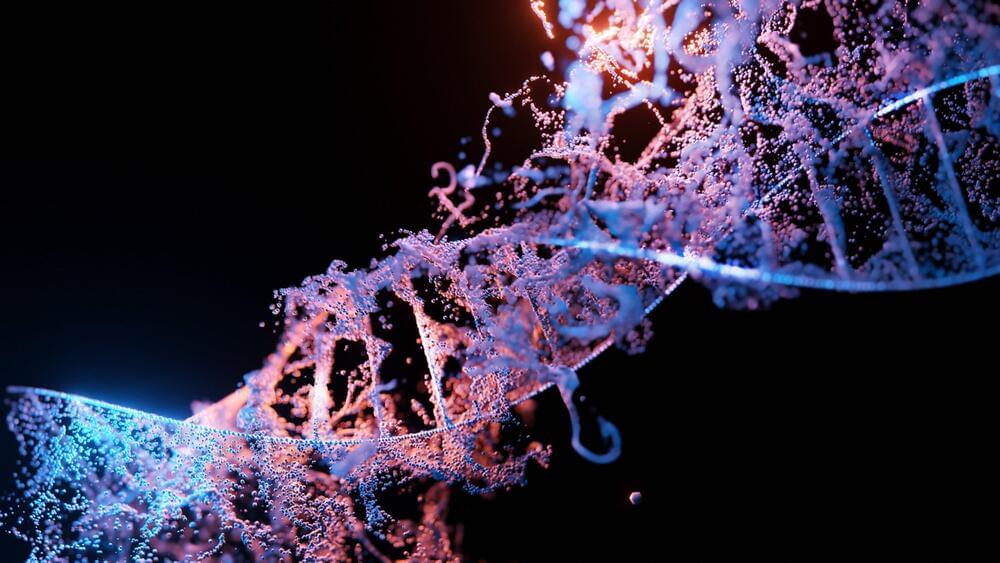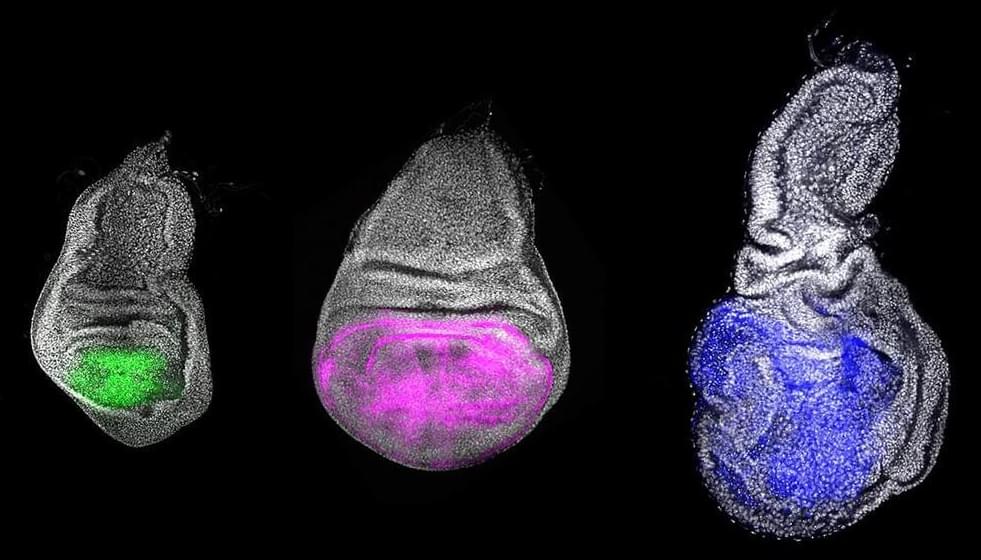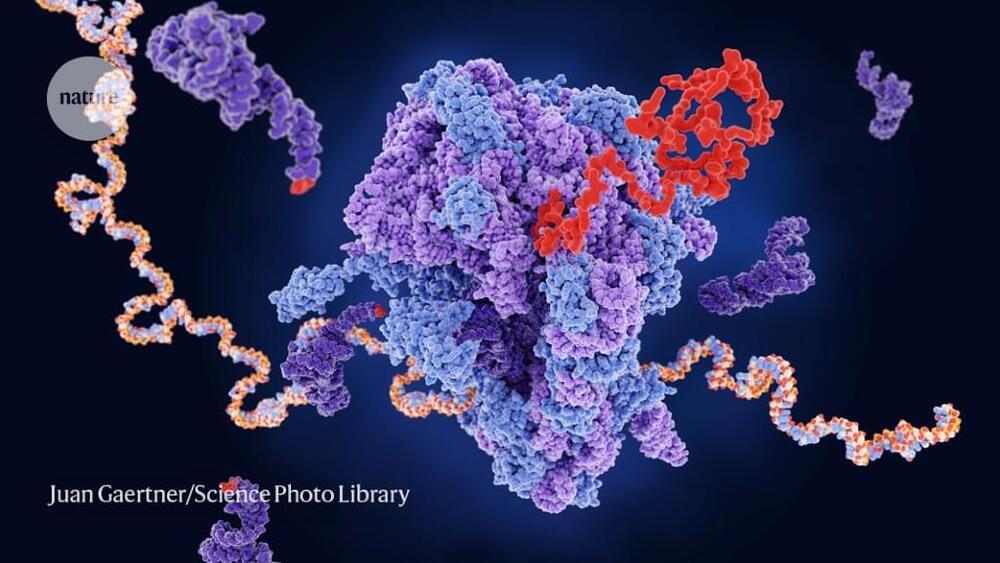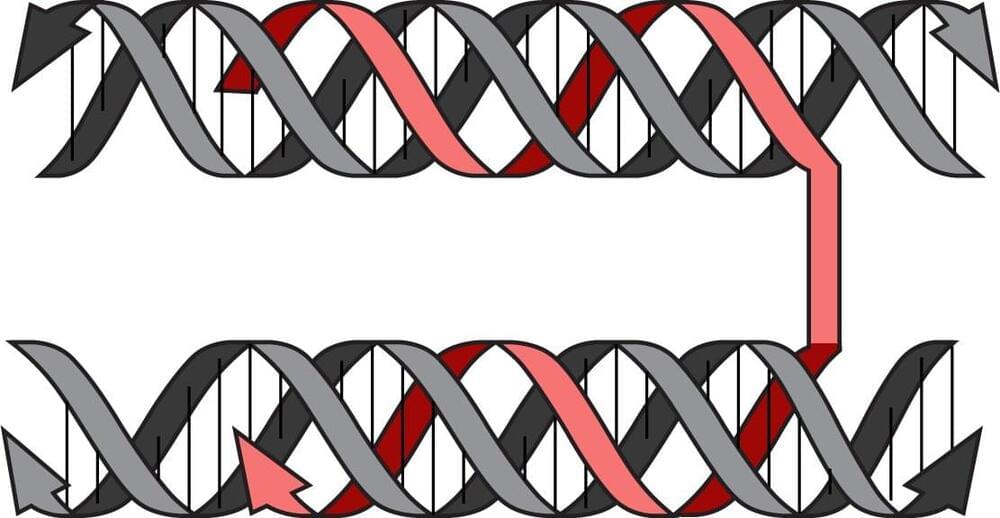A new family of DNA elements which control the activation of certain genes known to cause a rare disease known as MSL3 syndrome in children has been identified.
The study led by researchers at the Queen Mary University of London and published in Nature Structural & Molecular Biology shines a new light on the mechanism behind this poorly understood disease, hoping that it can lead to better treatments for this and similar diseases in the future.
Mutations in the MSL3 gene are known to cause a rare disease in children called MSL3 syndrome—a newly discovered disease with only around 50 registered diagnoses worldwide, although scientists predict that more cases are currently undiagnosed.
